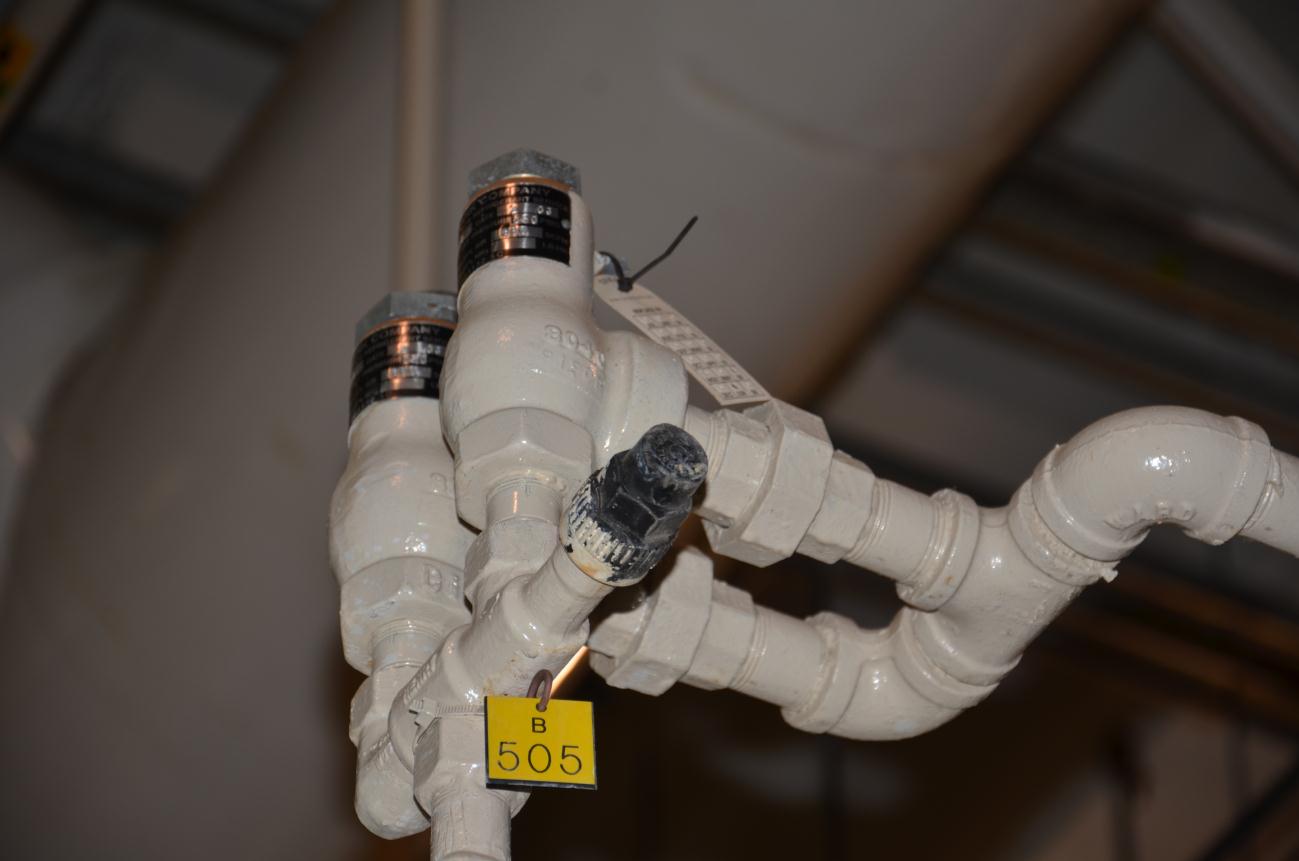Whether companies are maintaining outdated systems or upgrading to newer ones, they need to be aware of the safety issues and requirements related to the systems’ relief components.
The American National Standards Institute (ANSI) approved ANSI/ASHRAE Addendum c as a formal revision to ANSI/ASHRAE Standard 15 in 2000. This revision was a major change and created questions that still linger about the compliance of older systems, especially where renovations are concerned.
Many food processors will outsource compliance efforts through a Process Safety Management/Process Hazard Analysis consultant. The best approach for manufacturers to see where they stand is to conduct a relief valve calculation study.
Relief valve calculation studies
Relief valve calculation studies are a very common service and offer an in-depth analysis of the overall relief valve system. These studies typically include the following services:
- Evaluation of the current relief valve sizing for each piece of equipment
- Evaluation of the existing relief valve piping system
- Recommendations to bring a system into compliance
- Drawings outlining recommendations
- Updated relief valve schedule
- Documentation for a compliant system
Compliance criteria
In order to provide the relief system documentation to show compliance with the relevant codes, standards and OSHA regulatory requirements, the following criteria are suggested:
A relief vent header system requires no modifications if all the following conditions are met:
- There is design documentation that the system was installed in compliance with the codes and standards in place at the time of the design and installation. This was not required until 1992, so facilities constructed before 1992 likely will not have this documentation.
- There is a documented design basis for the vent system that shows compliance with the codes and standards in place at the time the last substantive change to the vent system occurred.
- There have been no modifications to the relief vent system other than replacement with the identical type of valves.
The entire relief vent header system should be evaluated against current code and updated if any of the following conditions exist:
- There is no existing documentation of the design basis for the vent systems.
- It can be demonstrated that one or more elements of the relief vent do not meet the codes and standards that were in place at the time the relief vent system was initially installed or substantively modified.
- The relief system has or will undergo substantive modification including 1) addition of new relief valve(s) and/or branch piping to a vent header, 2) addition of header piping, or 3) addition of a diffusion tank or other outlet diffuser.
- It can be demonstrated that any portion of a modified relief system did not comply with the codes and standards in place at the time of the modification.
If you would like to learn more about the importance of maintaining relief valves, email me at foodforthought@stellar.net.



